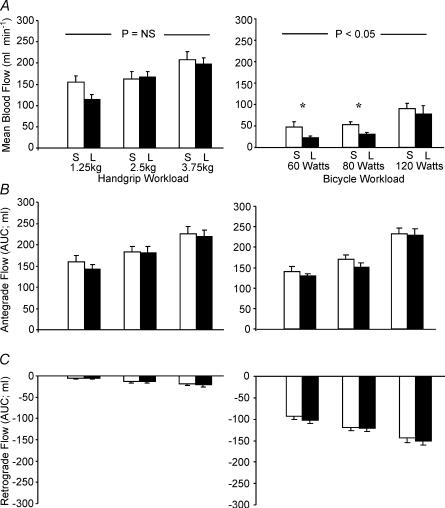Figure 1. Effect of localized handgrip (left panels) and cycle ergometer (right panels) exercise on brachial artery haemodynamics.
Mean blood flow (A), antegrade (B) and retrograde (C) flows during exercise under saline (S; light bars) and l-NMMA (L; dark bars) infusion are displayed. l-NMMA significantly decreased flows under the cycle condition only (2-way ANOVA). Note that, although mean flows are lower during cycle exercise, the magnitude of antegrade flows are similar to handgrip exercise and there is substantial retrograde flow during cycling which is not evident during handgrip. This systolic antegrade, diastolic retrograde flow pattern and its accompanying oscillatory shear stress on the endothelium may explain the paradoxical greater contribution of NO during cycling than handgrip exercise, despite the greater mean flow during handgrip exercise. This difference in flow patterns may also resolve another conundrum in the literature, that exercise training studies involving localized handgrip training have not always produced significant improvement in NO bioactivity (Green et al. 1994, 1996a; Franke et al. 1998), whilst studies which have utilized typical ‘whole body’ exercise training regimes, predominantly involving lower limb exercise (cycling, running, etc.), have observed improvements in NO-mediated vasodilator capacity, even in the untrained upper limbs (Kingwell et al. 1997b; Maiorana et al. 2000, 2001a; Linke et al. 2001; Walsh et al. 2003a,b). An acute bout of cycle exercise may be a more potent stimulus to endothelial NO production in the forearm vasculature than a bout of localized handgrip exercise. (Green et al. in press).

